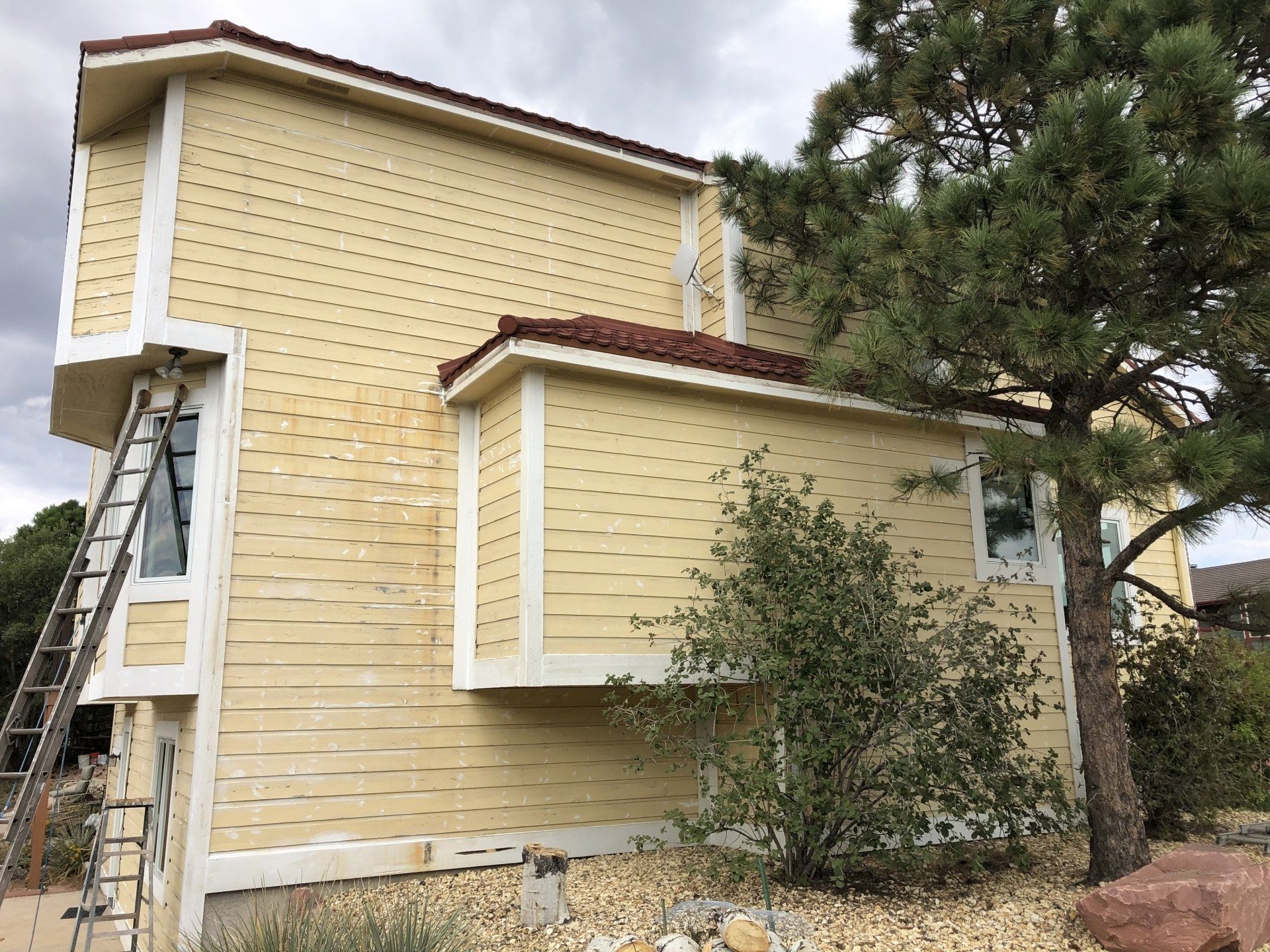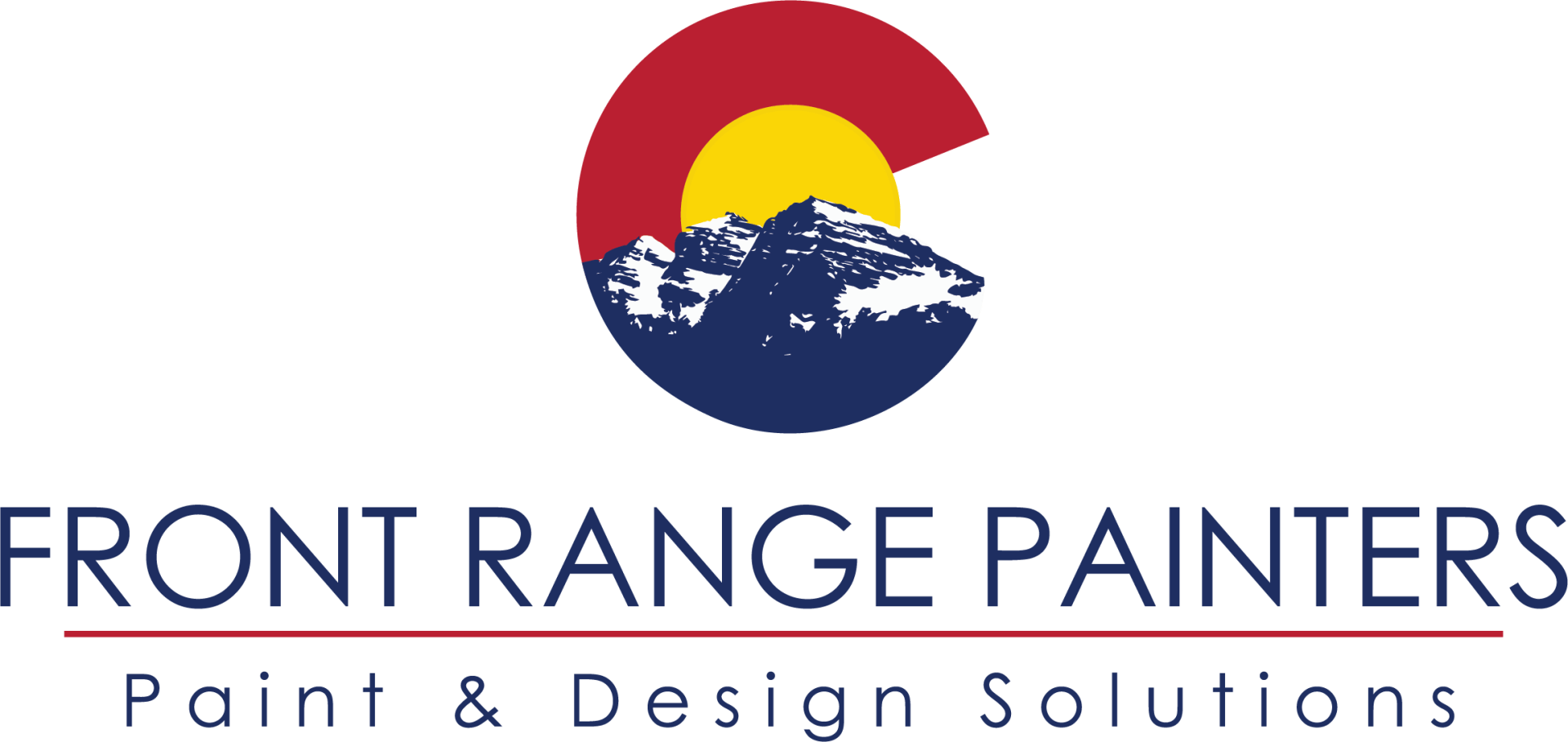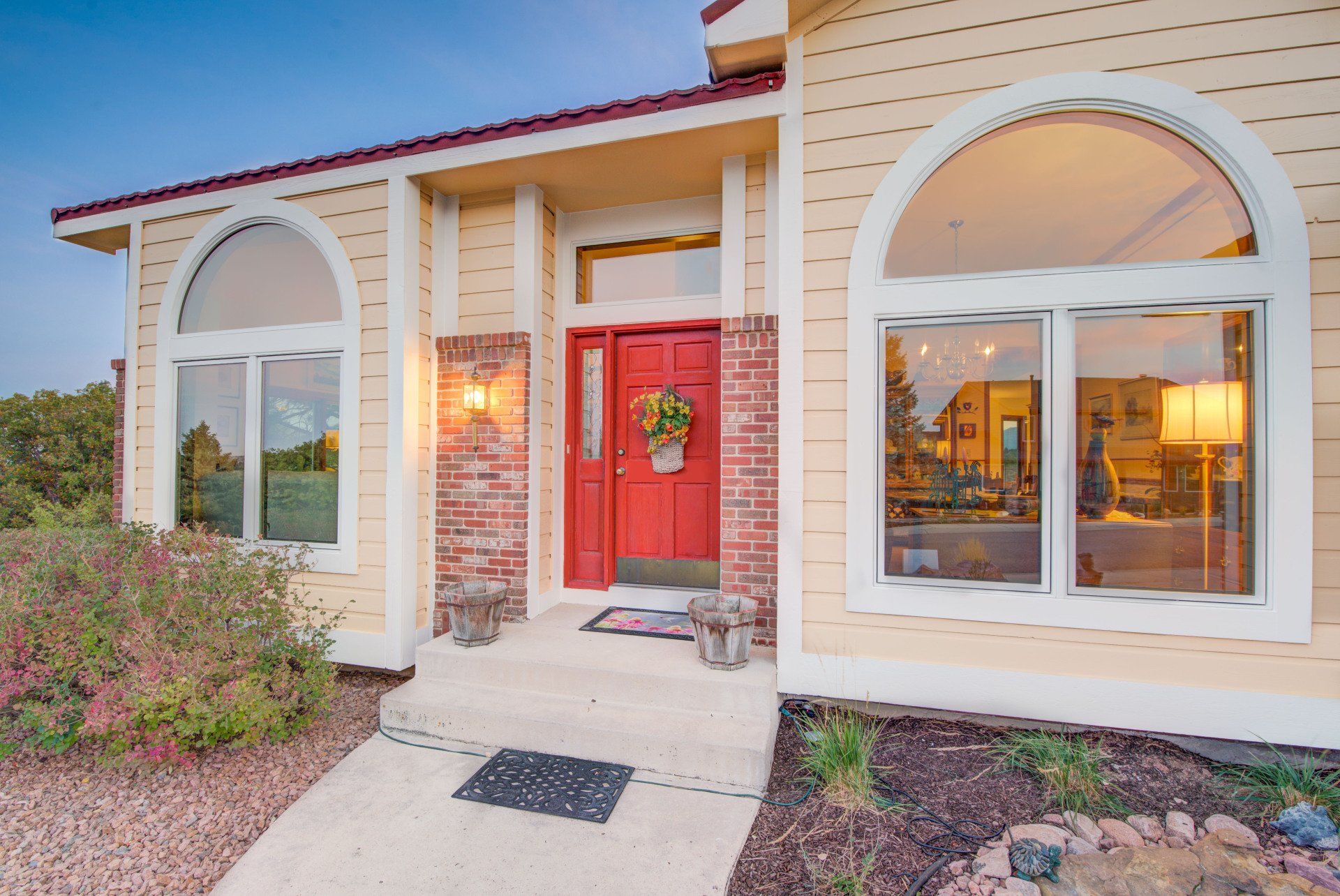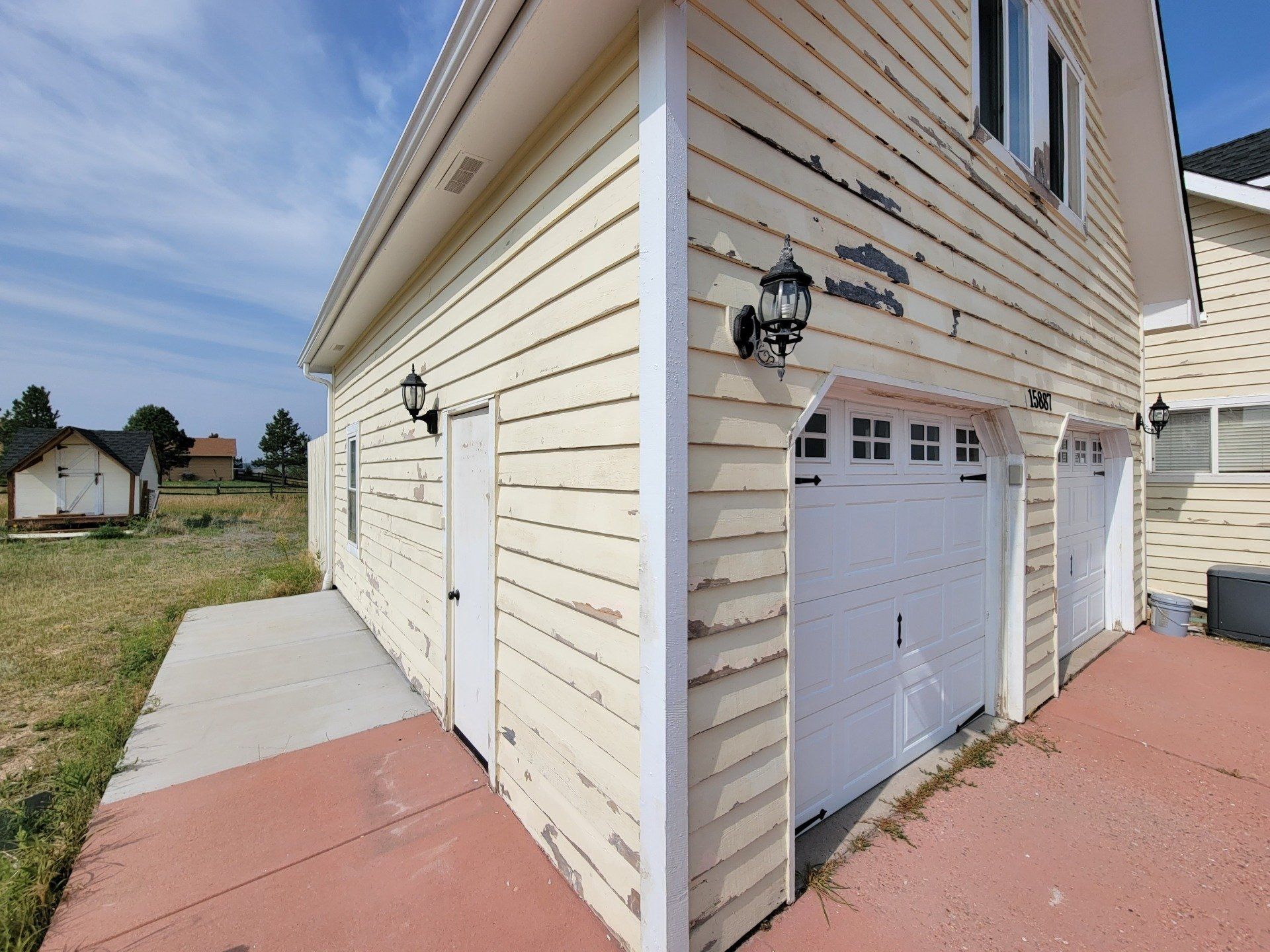Colorado’s unique climate plays a crucial role in determining how often you should repaint your home’s exterior.
The combination of intense sun exposure, high altitude, and fluctuating temperatures creates extreme weather conditions that accelerate wear on exterior paint.
- UV rays are particularly harsh in Colorado, causing paint to fade, crack, and peel faster than in milder climates.
- Frequent cycles of heat and cold lead to expansion and contraction of siding materials, further stressing paint adhesion.
Choosing high-quality paints designed for durability under these tough conditions is essential. Equally important is professional application — skilled painters ensure proper surface preparation and coverage that protect your home for years. For residents asking about exterior paint frequency, understanding these factors helps maintain curb appeal and safeguard property value through timely repainting.
House painting in Colorado requires expertise tailored to the environment. This knowledge ensures your investment withstands the challenges posed by Colorado’s demanding climate.
Factors Influencing Exterior Paint Frequency in Colorado
Colorado homes showcase a variety of siding materials, each with unique maintenance requirements and repainting timelines shaped by the region’s challenging climate.
- Wood Siding
Wood offers a classic, warm aesthetic but demands the most upkeep. Exposure to intense UV rays, temperature swings, and occasional hail can cause wood paint to peel or crack within 3 to 7 years. Regular inspections and timely repainting help prevent moisture damage and preserve the wood’s integrity. - Stucco Siding
Popular in Colorado for its durability and textured look, stucco withstands weather extremes well. When properly maintained, stucco siding typically requires repainting every 7 to 10 years. The key is ensuring cracks are promptly sealed to avoid water infiltration that could compromise the finish. - Painted Brick
Brick’s natural resilience extends paint life considerably. Painted brick surfaces often hold up for 10 to 15 years before needing a fresh coat. However, monitoring for fading or chalking caused by sun exposure is essential to maintain curb appeal. - Vinyl Siding
Vinyl is low-maintenance and resistant to weather damage but can fade over time from Colorado’s strong sun. Repainting isn’t always necessary, but if desired for color updates or repairs, intervals of 10+ years are common. - Composite Siding
Engineered composite materials blend durability with aesthetic flexibility. These sidings generally require repainting every 7 to 12 years, depending on product quality and exposure levels.
Selecting the right siding material combined with an informed maintenance schedule tailored to Colorado’s environment significantly influences how often your home will need exterior painting. This strategic approach protects your investment while keeping your home looking vibrant against the backdrop of Colorado’s majestic outdoors.
Effects of Colorado's Harsh Climate on Exterior Paint
Colorado's extreme weather conditions, including intense sunlight, frequent snow, UV rays, and hailstorms, significantly accelerate paint wear and deterioration. These harsh environmental factors can lead to common issues such as peeling, fading, cracking, and blistering of exterior paint.
Signs of Exterior Paint Damage
Homeowners in Colorado should be vigilant in identifying signs of exterior paint damage caused by the climate to address issues promptly and prevent further deterioration.
Here are some common signs to look out for:
- Peeling: Check for areas where the paint has started to come off or peel away from the surface.
- Fading: Notice if the color of your exterior paint has become dull or washed out over time.
- Cracking: Look for visible cracks or lines on the painted surfaces.
- Blistering: Inspect for bubbles or blisters forming underneath the paint.

Importance of Regular Inspections
Regular inspections and maintenance can help homeowners detect early signs of paint damage due to Colorado's weather conditions. By being proactive and addressing these issues promptly, you can prevent further deterioration and extend the lifespan of your exterior paint.
By understanding how Colorado's specific climate challenges impact exterior paint longevity, homeowners can take proactive measures to protect their investment and maintain the aesthetic appeal of their homes.
General Guidelines for Repainting Your Home's Exterior in Colorado Springs & Castle Rock
Proper maintenance is key to ensuring that your home's exterior paint lasts as long as possible. This is especially true in areas like Colorado Springs and Castle Rock, where the weather can be harsh and unpredictable. Here are some general guidelines to follow when repainting your home's exterior:
Regular Maintenance
- Inspect Regularly: Make it a habit to inspect your home's exterior at least twice a year. Look for any signs of damage, such as peeling paint, cracks, or mold growth. Addressing these issues promptly can prevent them from worsening and prolong the lifespan of your paint.
- Clean Thoroughly: Dirt, grime, and mildew can accumulate on your home's exterior over time, making the paint look dull and worn out. Regularly cleaning the surfaces with a mild detergent and water will help maintain their appearance and prepare them for repainting.
Choosing the Right Paint
- Opt for High-Quality Paints: When it comes to choosing paint for your home's exterior, always go for high-quality options. These paints may be more expensive upfront but offer better durability and protection against the elements.
- Consider Local Climate Challenges: Colorado Springs and Castle Rock experience unique weather conditions, including intense sunlight and occasional hailstorms. Look for paints that are specifically formulated to withstand these challenges, such as UV-resistant or impact-resistant coatings.
By following these maintenance tips and inspection practices, along with using high-quality paints suitable for the local climate, you can ensure that your home's exterior remains vibrant and protected for years to come.
Customized Recommendations for Homeowners in Colorado Springs & Castle Rock
When it comes to exterior painting, homeowners in Colorado Springs, Monument, Castle Rock, Larkspur, and Palmer Lake should consider a few additional factors:
- Proximity to trees: If your home is surrounded by trees, it's important to be mindful of the potential for tree sap or debris to damage the paint job. Professional painters can take necessary precautions and use high-quality products to mitigate these issues.
- Nearby bodies of water: Homes located near lakes or rivers may experience higher humidity levels, which can affect the drying time and durability of paint. Experienced painters will know how to adapt their techniques and choose appropriate materials for such conditions.
Hiring professional painters with local experience is crucial in ensuring a successful exterior painting project. These experts understand the unique challenges posed by the area's weather conditions and are skilled in preparing surfaces accordingly. Look for painters who have spent years working in the Colorado Springs and Castle Rock regions, as they will have valuable insights into specific requirements for homes in these areas.
While it may be tempting to choose a painter solely based on price, it's essential to prioritize quality and reputation. Cheaper options may cut corners or use subpar products, resulting in an inferior finish that won't withstand the test of time. Take the time to research and read reviews about potential painters before making a decision.
By considering these factors and hiring experienced professionals, you can ensure that your exterior painting project is completed successfully and stands up to the elements for years to come.
Extending the Lifespan of Exterior Paint in Challenging Environments like Colorado Springs & Castle Rock
Protecting your exterior paint investment goes beyond choosing quality materials and professional application. Regular cleaning practices keep surfaces free from dirt, dust, and pollutants that can degrade paint over time. Pressure washing once or twice a year removes buildup while preventing mold and mildew growth.
Storm inspections after hail or heavy winds are crucial to catch early signs of damage such as cracks, chips, or peeling paint. Addressing these issues promptly prevents moisture intrusion and wood rot, preserving both aesthetics and structural integrity.
Landscaping plays a key role in paint longevity. Keep gutters clean and clear to avoid water overflow that can stain or erode siding. Trim back overhanging branches to reduce physical abrasion and minimize leaf litter accumulation on surfaces. Proper drainage around the foundation also avoids excess moisture exposure.
Applying these practical maintenance steps helps maintain your home's curb appeal and extends the durability of its exterior paint against Colorado’s demanding climate.
Conclusion
When planning your next exterior painting project in Colorado, it's important to prioritize quality paints that are specifically designed to withstand the state's harsh climate. This will ensure the longevity of your paint job and protect your home from the elements.
Remember, choosing weather-resistant finishes can significantly extend the lifespan of your home's exterior paint. By investing in high-quality products that are built to withstand Colorado's unpredictable weather patterns, you can save yourself time and money in the long run.
So, before you grab that can of paint, take a moment to consider the specific needs of your home's exterior. How often should you repaint? What type of finish will best suit your location? These are crucial questions that can greatly impact the durability and appearance of your paint job.
By being proactive and making informed decisions about your exterior painting project, you'll be able to create a beautiful and resilient home that stands up against Colorado's challenging climate conditions.






